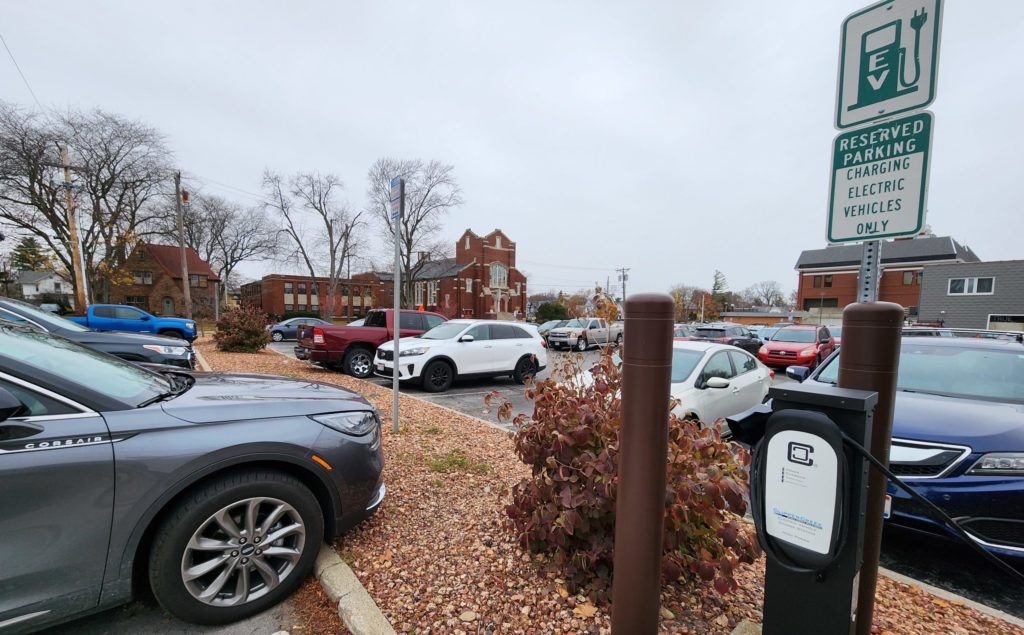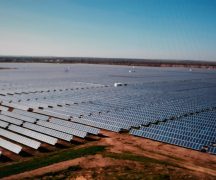By JAN LARSON McLAUGHLIN
BG Independent News
Bowling Green is charged with studying if the city should offer more opportunities for plugging in to power up electric vehicles.
The city currently has four public charging stations – three in city parking lots downtown and one in City Park.
“We put them in as a novelty, to get something started” nearly 10 years ago, Bowling Green Utilities Director Brian O’Connell said of the downtown stations. The one in City Park was added later when the new Veterans Building was constructed.
The downtown charging stations are located in three parking lots – behind Juniper, behind Grounds for Thought, and behind SamB’s. All see pretty regular usage. O’Connell said. There is no charge for plugging into the power stations, since the electric costs are very low, he added.
There are also seven charging stations at Bowling Green State University, where drivers must pay $1 per hour for parking, with a maximum of two hours.

There are three types of charging stations, O’Connell explained.
- Level 1: Primarily used at homes, and taking a day to fully charge a vehicle.
- Level 2: This is the type in the city parking lots, requiring about eight hours for a full charge. These type of stations cost about $2,000, O’Connell said.
- Level 3: Fast charging stations, taking less than an hour to complete a charge. These stations can cost between $80,000 and $100,000, he said.
O’Connell acknowledged that the electric charging infrastructure is still lacking for those making longer road trips.
The city has applied for grant funding to place charging stations near the Interstate 75 exit at East Wooster Street.
“There are some issues. Maybe there’s a role for the city to play in that,” O’Connell said.
Under the Public Utility Regulatory Policies Act, each state must consider steps for greater electrification of the transportation sector, including the establishment of rates that:
- Promote affordable and equitable electric vehicle charging options for residential, commercial, and public electric vehicle charging infrastructure;
- Improve the customer experience associated with electric vehicle charging, including by reducing charging times for light-, medium-, and heavy-duty vehicles;
- Accelerate third-party investment in electric vehicle charging for light-, medium-, and heavy-duty vehicles;
- Appropriately recover the marginal costs of delivering electricity to electric vehicles and electric vehicle charging infrastructure.
Similar to previous PURPA standards, because Bowling Green’s electric utility has annual sales exceeding 500,000 MWh, the city must review and consider adopting the new standards. According to Assistant Utilities Director Jim Odneal, the city has no obligation to adopt the standards. However, as with many of the prior PURPA amendments, Bowling Green is already in the process of similar activities without federal mandates to do so, he added.
“We are also committed to consideration of how we can best serve this quickly approaching transition in the way we commute,” Odneal said Monday during a Board of Public Utilities meeting.
“We are always considering opportunities to learn about and grow our EV charging infrastructure here in BG,” he said.
In order to comply, the city must consider electric charging station changes by Nov. 15, 2023. City staff will investigate and ultimately bring a recommendation to the Board of Public Utilities for consideration.





